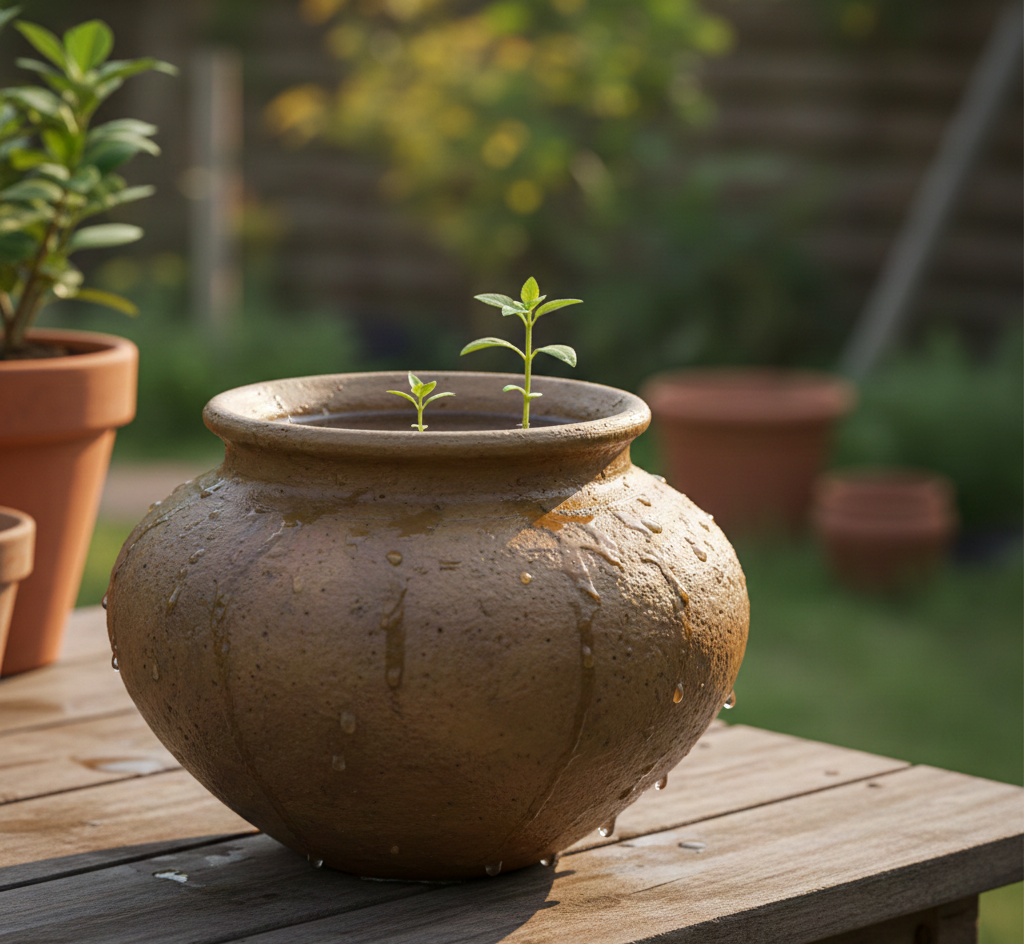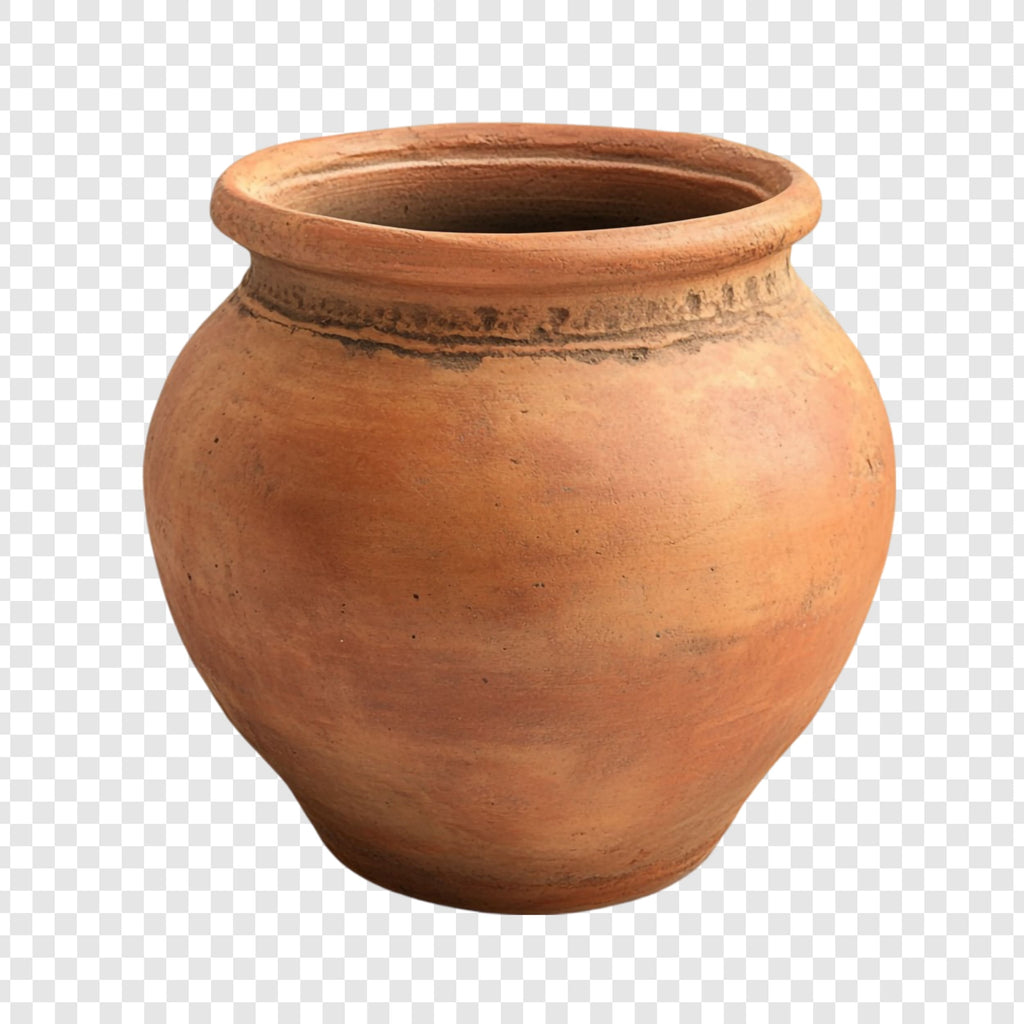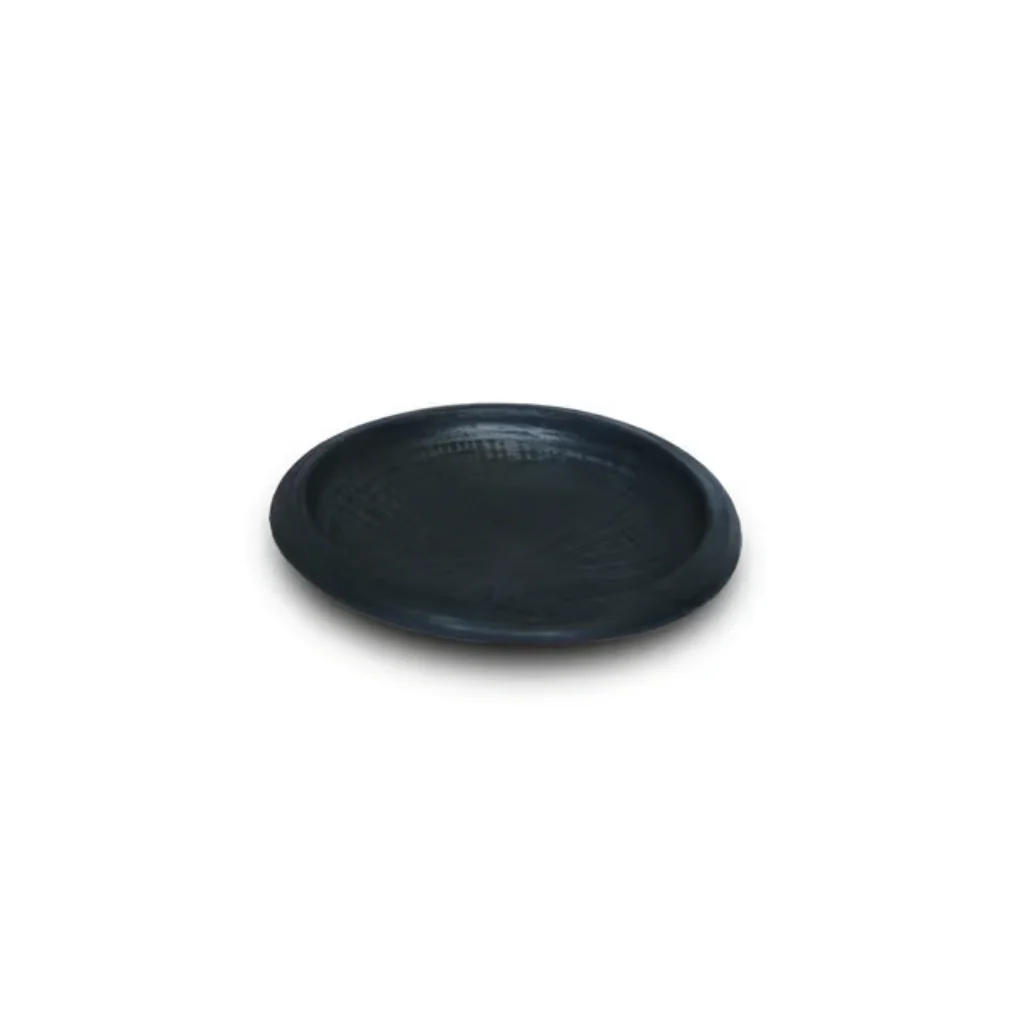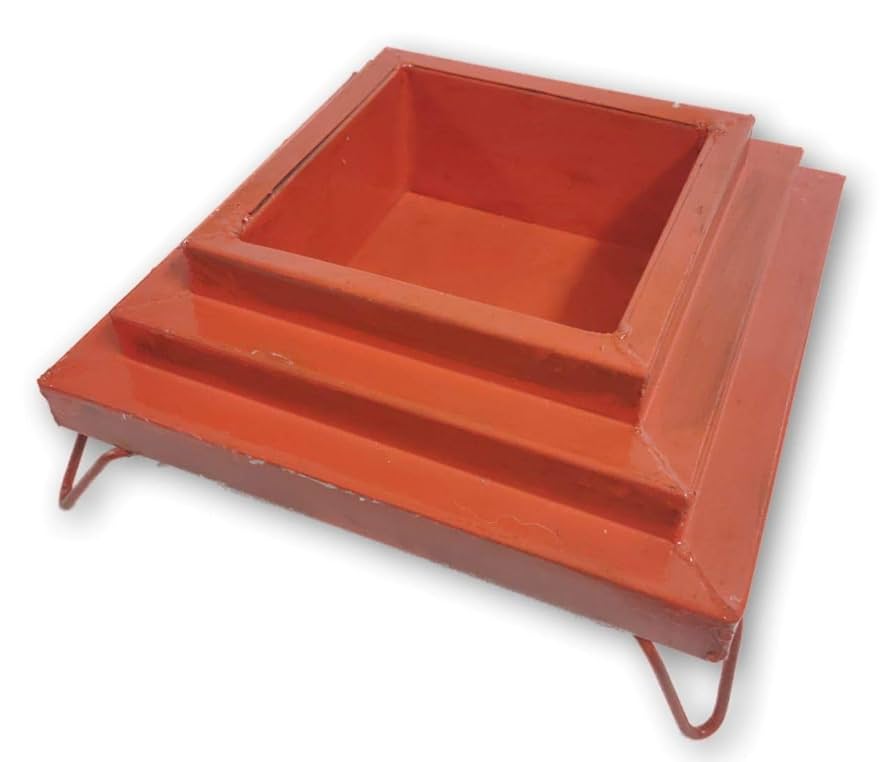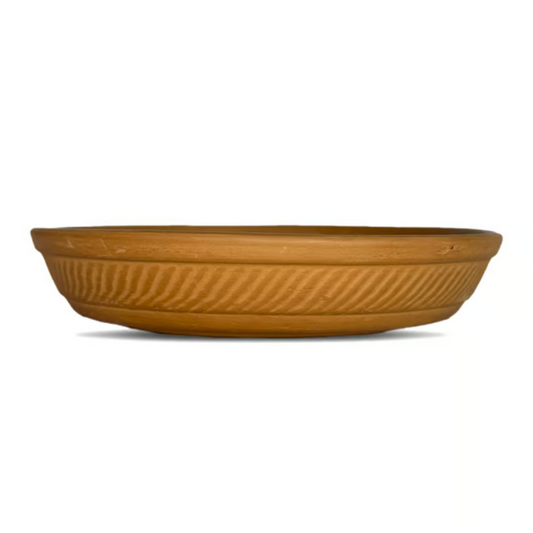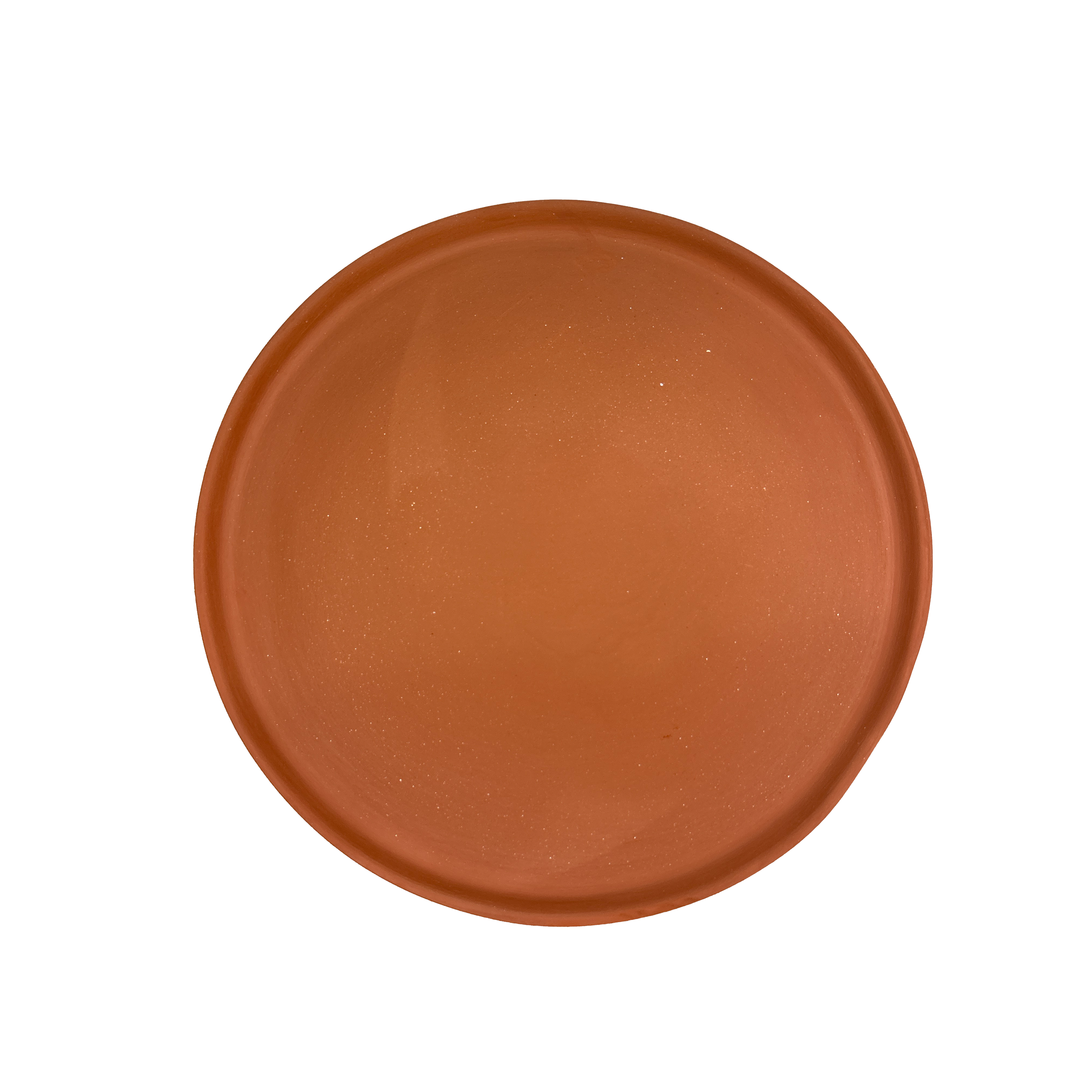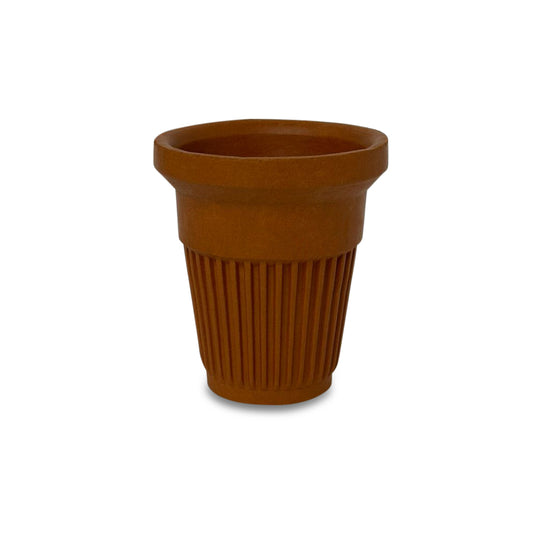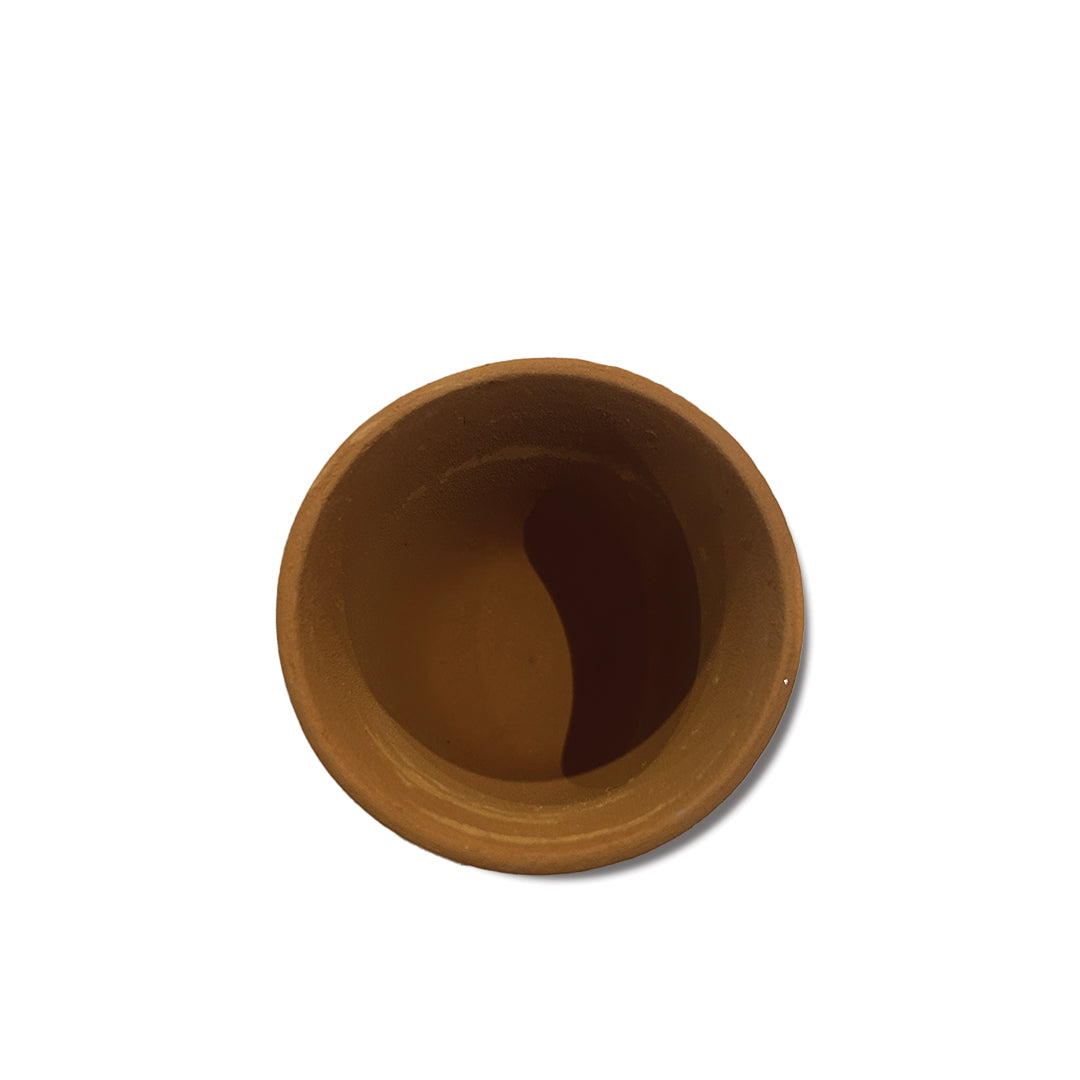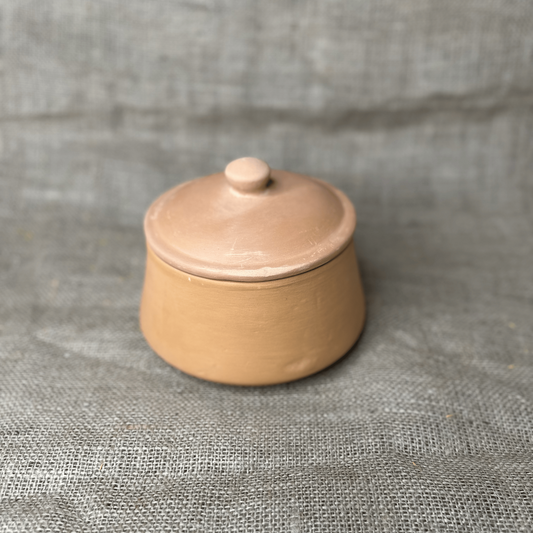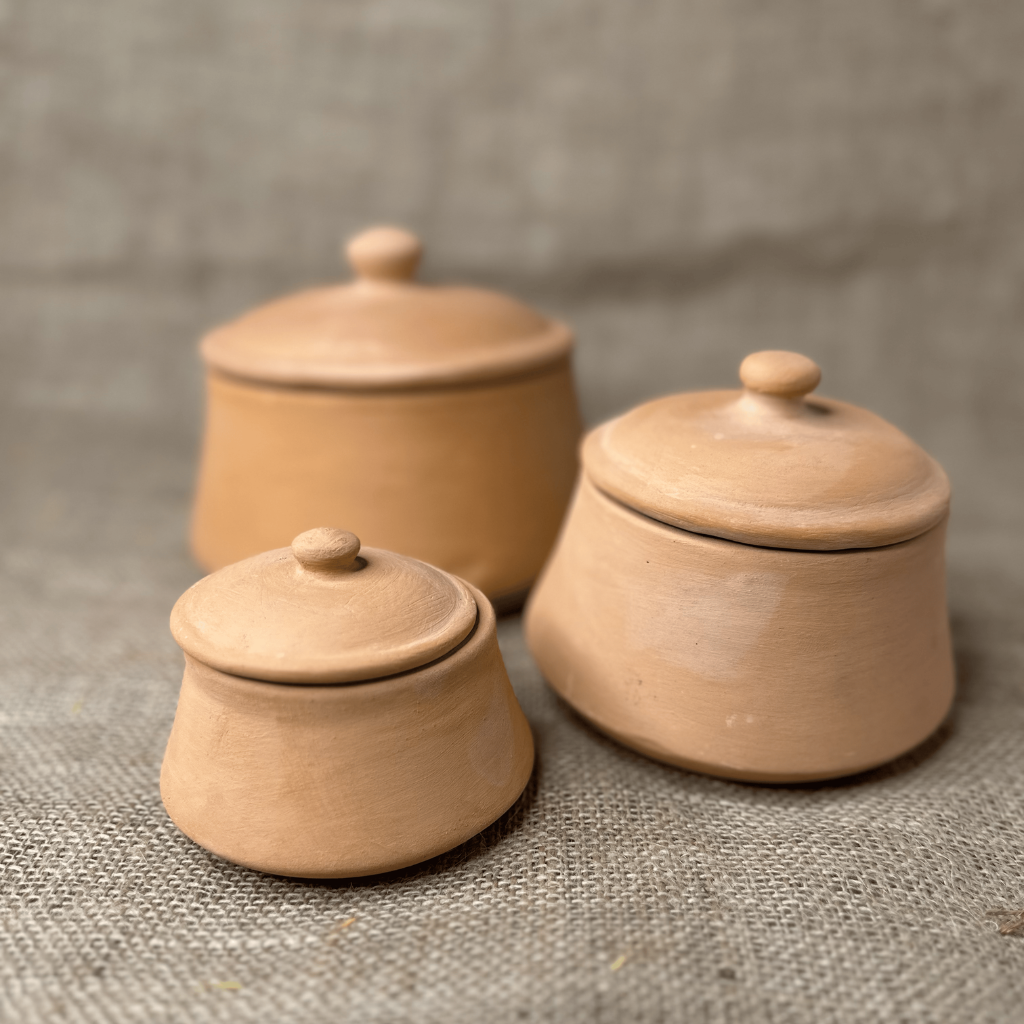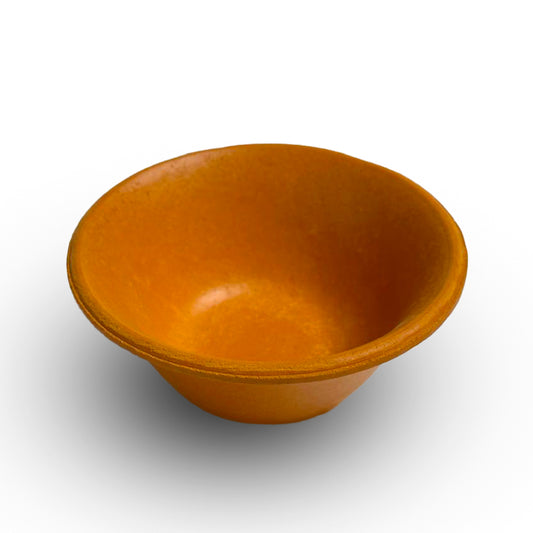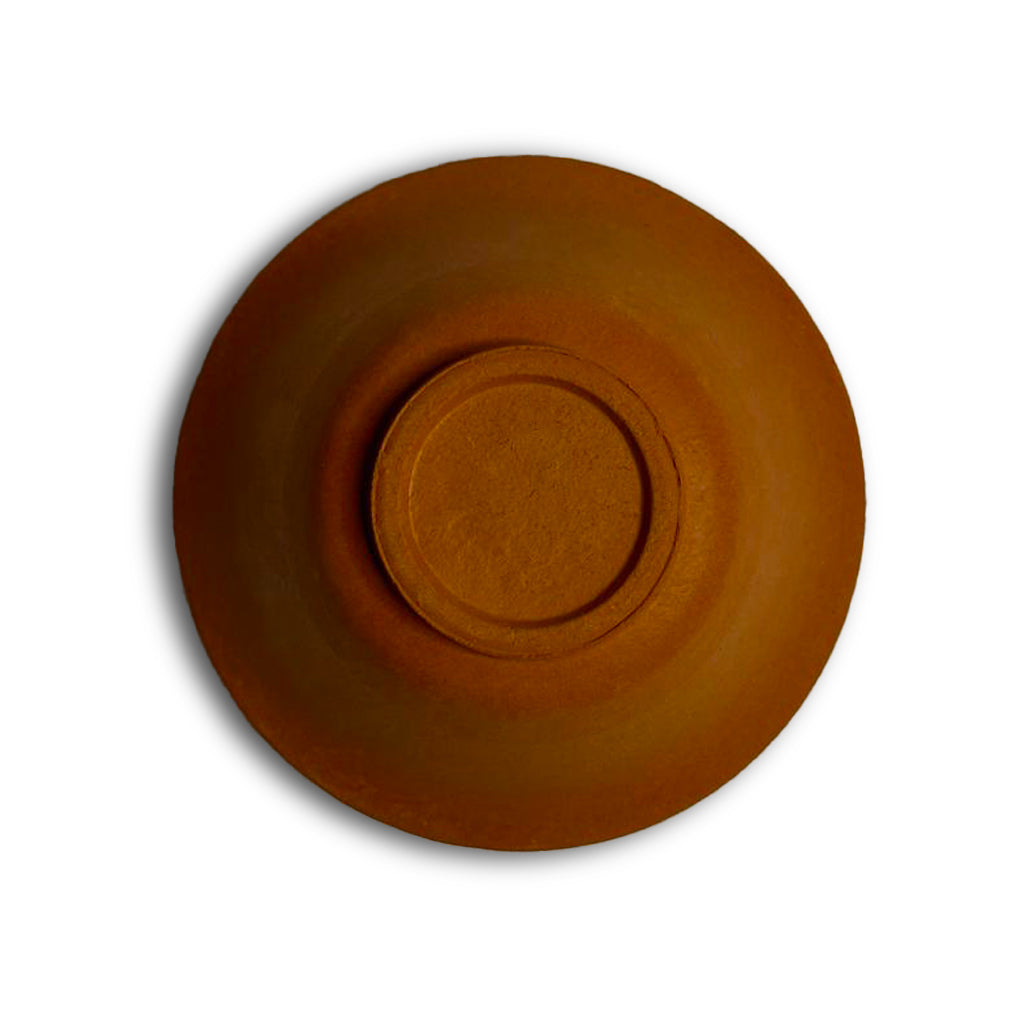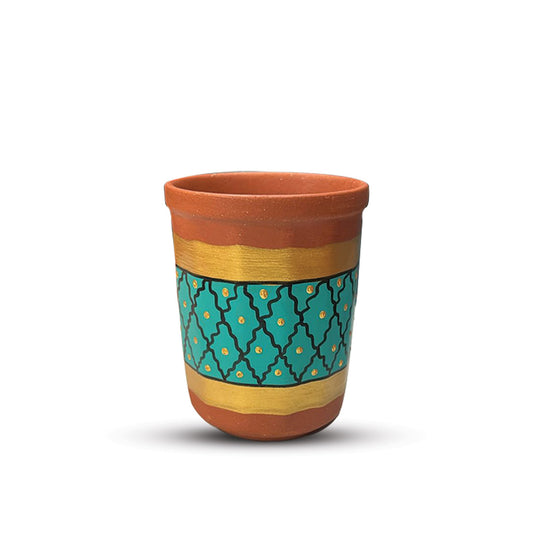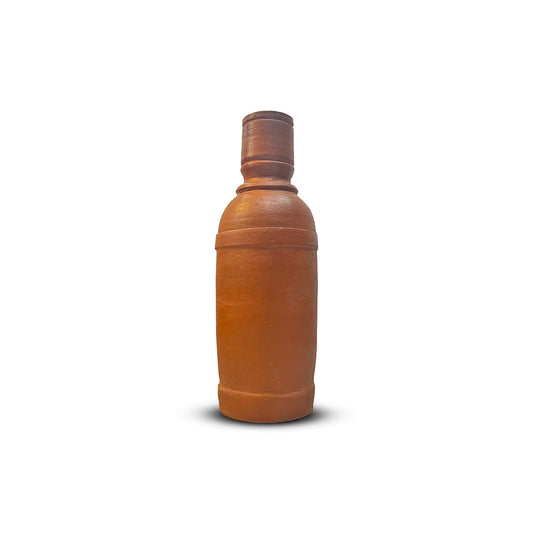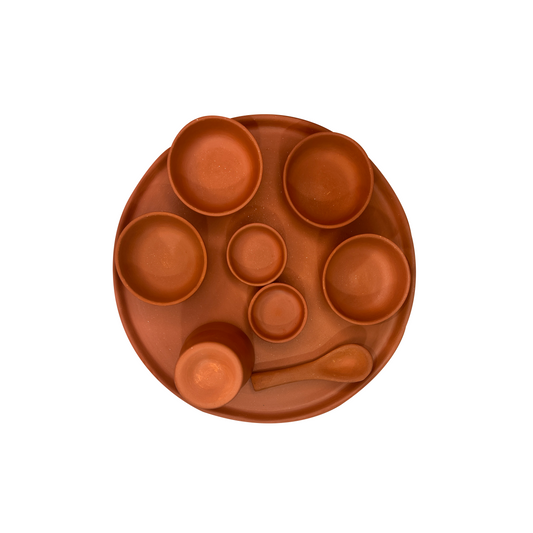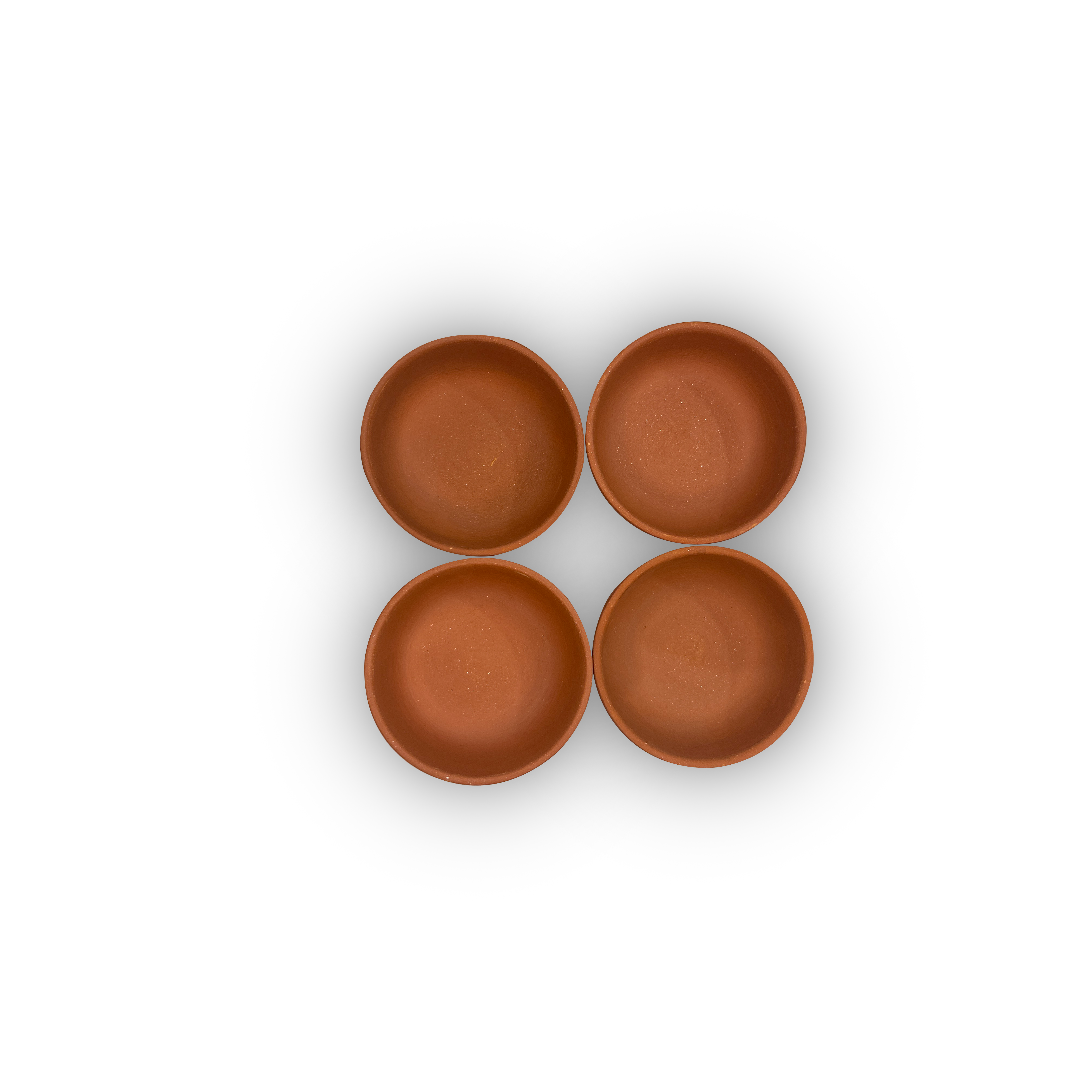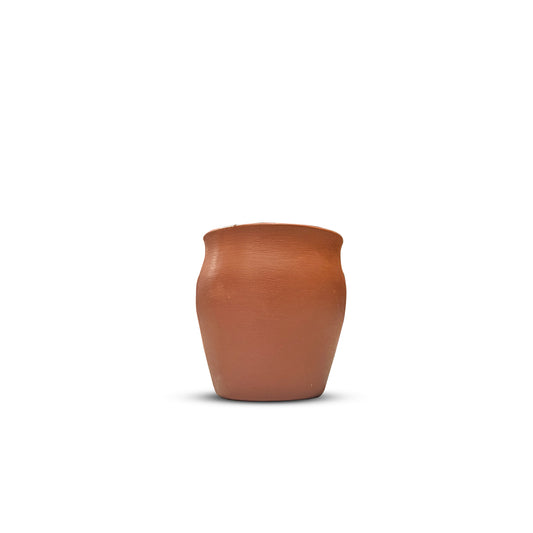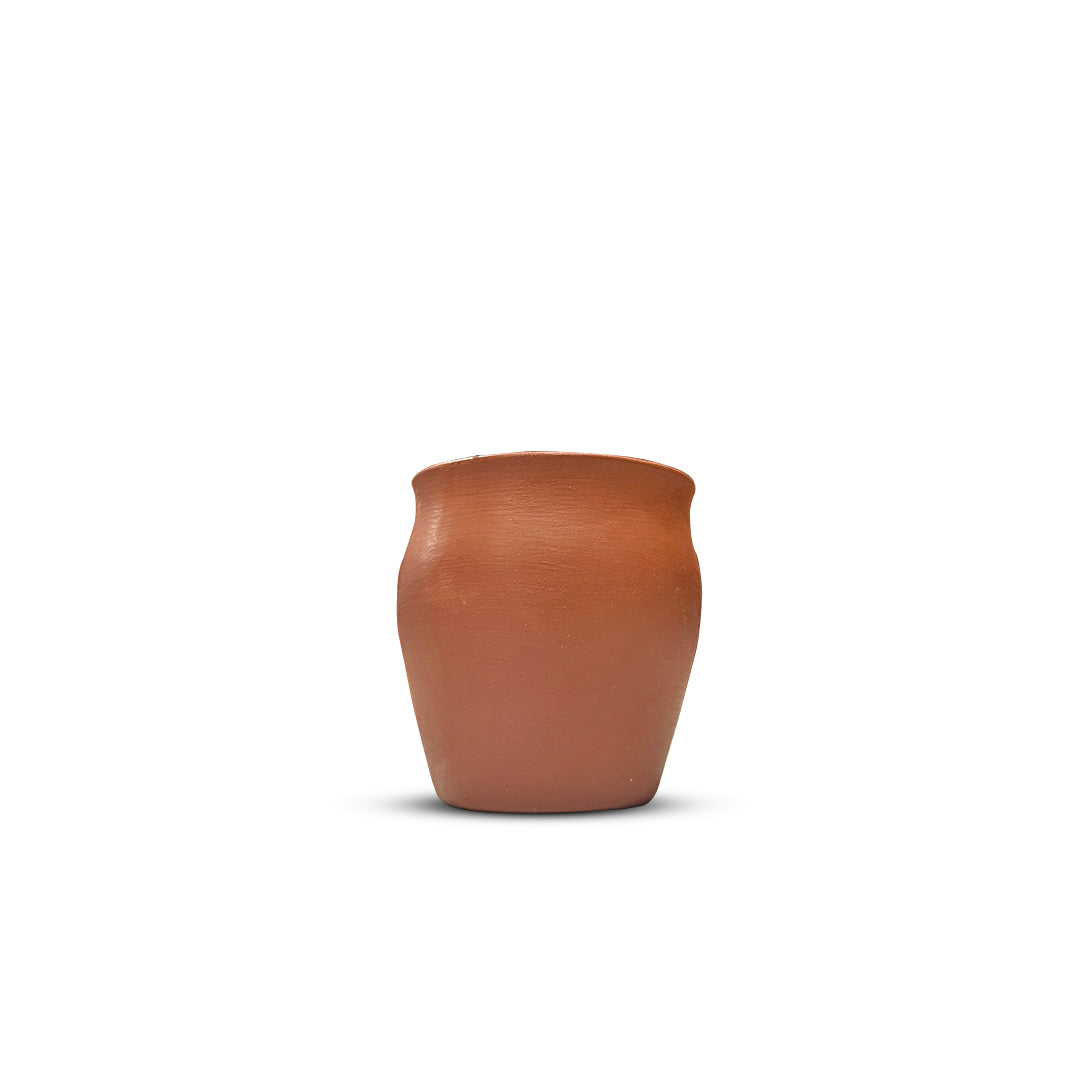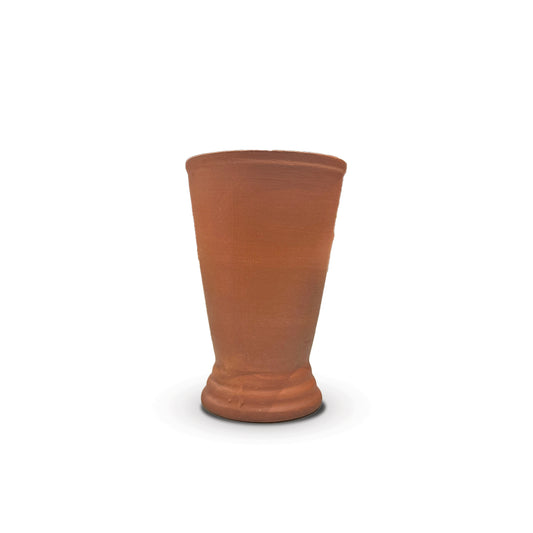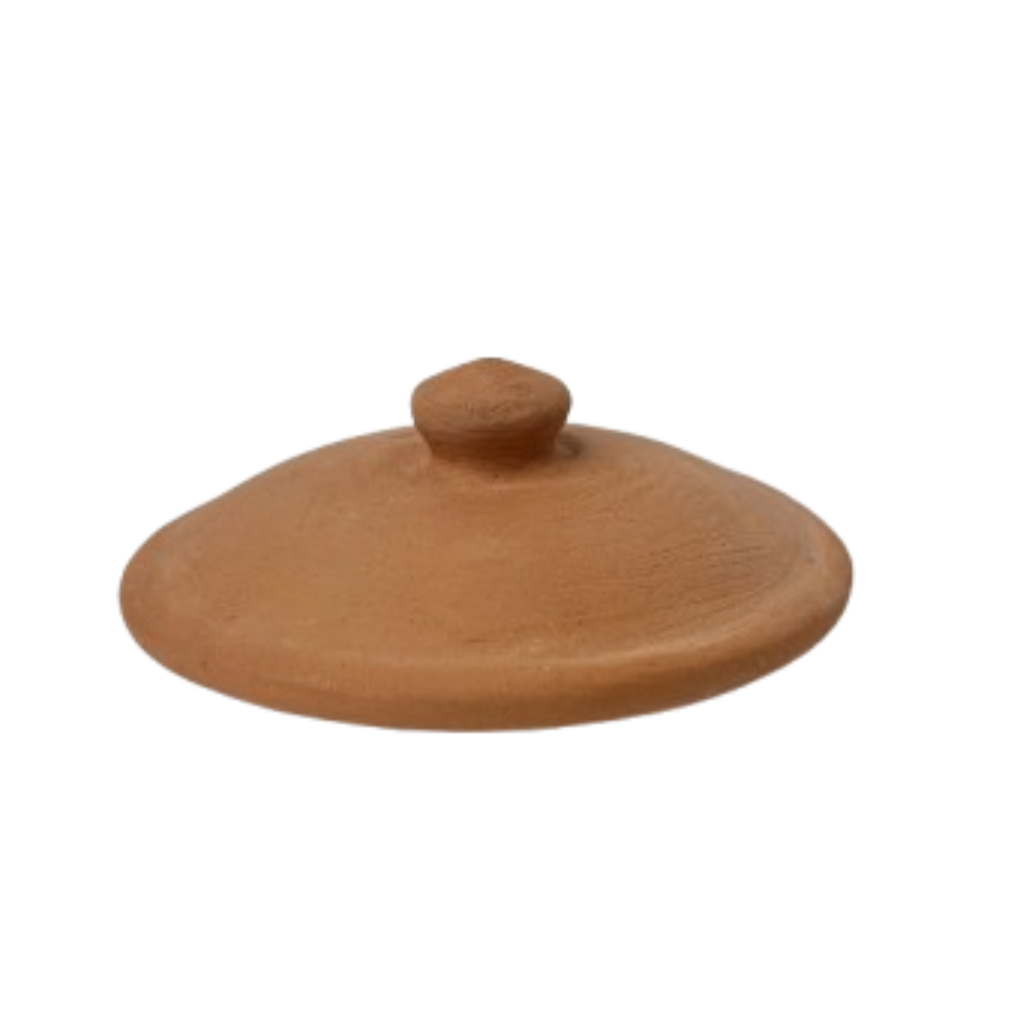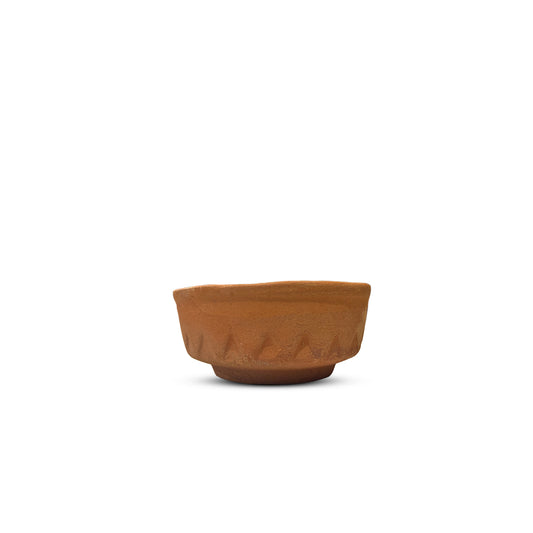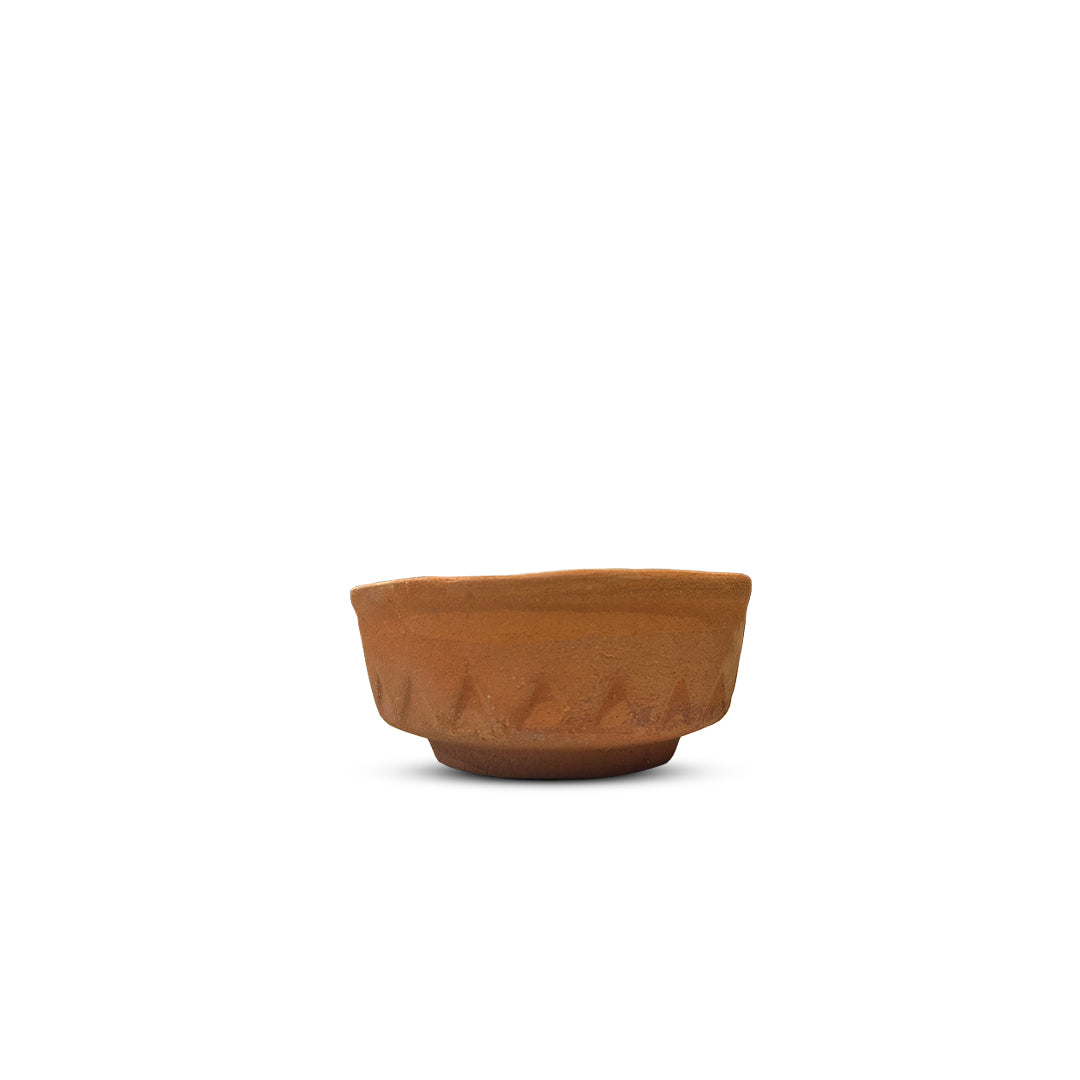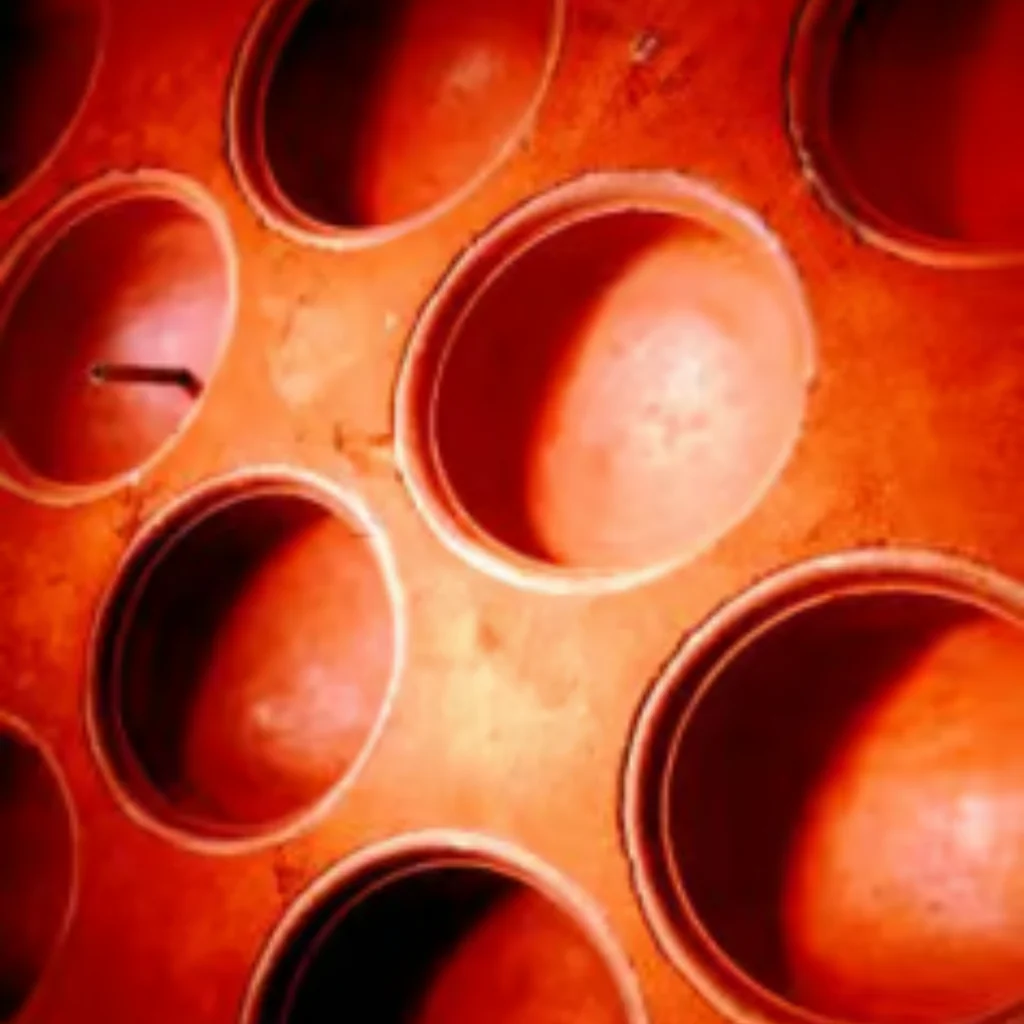
Filler Slabs in Tropical Architecture: A Smart Choice for Hot Climates

Living in a hot, humid region? You know the struggle of keeping your home cool without skyrocketing your electricity bills. One overlooked solution lies right above you — your roof. Specifically, filler slabs. These are not just any roofing solutions. They are smart, climate-responsive techniques that make your space cooler, cost-effective, and more sustainable.
What are Filler Slabs?
A filler slab is a type of slab construction that uses less concrete and steel than conventional concrete or reinforced cement concrete (RCC) slabs. The “filler” refers to materials like clay pots, tiles, bricks, or even coconut shells that are embedded into the slab in areas where concrete isn’t structurally required.
This simple concept has powerful implications. It reduces construction costs, lightens the load on the structure, and most importantly for tropical climates, offers excellent thermal insulation.
Why Filler Slabs Are Perfect for Hot Climates
Countries like India which fall under the tropical region deal with extreme heat and high humidity. Here’s why filler slabs, especially clay pot filler slabs, are a perfect fit:
1. Thermal Insulation That Makes a Difference
One of the biggest challenges in tropical construction is keeping indoor spaces cool without relying too heavily on energy-guzzling appliances like air conditioners and fans.
Clay pots embedded in filler slabs trap air within their hollow interiors. This trapped air acts as a natural insulator, slowing down the heat transfer from the sun-baked roof to the rooms below. As a result, homes with clay pot filler slabs remain significantly cooler, naturally.
2. Lower Construction Costs
Concrete and steel are among the most expensive materials in building construction. Filler slabs smartly replace a portion of this with low-cost, readily available materials.
By using discarded clay pots or tiles as fillers, builders reduce the volume of concrete used, without compromising structural integrity. This makes concrete filler slabs a money saving option for budget-conscious homeowners.
3. Eco-Friendly Construction
Traditional materials like clay have a lot to teach us about sustainable living. Clay is biodegradable, locally sourced, and has a much lower carbon footprint compared to concrete and steel.
Incorporating clay pot filler slabs into home design is a step toward eco-friendly construction that honors both the environment and traditional wisdom.
How Do Clay Pot Filler Slabs Work?
In a standard RCC slab, the middle portion between beams doesn’t carry much structural load. This is the zone where filler materials are inserted in the form of clay pots, hollow bricks, or even upcycled waste materials.
Here’s a simplified breakdown of how the process works:
-
Formwork is set up as in a regular slab.
-
Reinforcement bars are placed.
-
Clay pots are arranged in a grid between the steel bars.
-
Concrete is poured over the setup, encapsulating the filler materials within the slab.
The result? A beautiful slab with reduced weight, lower material use, and excellent heat resistance.
The Aesthetic Advantage
Beyond functionality, clay pot filler slabs offer a rustic, earthy charm that’s hard to match. When left exposed from the underside, the semi-hemispherical form of the pots creates an artistic ceiling pattern that’s warm, organic, and rooted in tradition.
This architectural element becomes a conversation starter and gives your home a distinct character — one that celebrates craftsmanship and conscious living.
Where Can You Use Filler Slabs?
Filler slabs are incredibly versatile. They can be used for:
-
Residential roofs
-
Verandahs and balconies
-
Office ceilings
-
Covered outdoor areas
In homes designed with tropical architecture in mind, these slabs work wonderfully when paired with sloped roofs, verandahs, and open courtyards.
At MudKart, we’ve seen clients use clay pot filler slabs not just for function, but as a style statement — combining eco-awareness with artistic flair.
Common Questions About Filler Slabs
Q: Are filler slabs as strong as RCC slabs?
Absolutely. When designed correctly, filler slabs are structurally sound and can bear typical residential loads. The fillers are placed in zones where there is minimal stress, and the reinforced framework ensures strength and durability.
Q: Do clay pot filler slabs last long?
Yes. The clay pots are embedded within the concrete and protected from external damage, which helps them last as long as the slab itself.
Q: Will they suit modern homes?
Definitely! In fact, filler slabs bring together the best of both worlds — modern structural engineering and traditional wisdom. Their raw, earthy feel complements minimalist interiors, tropical architecture, and even industrial design aesthetics.
MudKart’s Role in Reviving Clay Pot Filler Slabs
At MudKart, we’re passionate about keeping ancient techniques relevant in the modern world. That’s why we don’t just sell eco-products — we tell the stories behind them.
Our handcrafted clay pots, made by local artisans, are ideal for filler slab construction. They're affordable, sustainable, and beautifully made. With every pot you use, you’re not only building a cooler, smarter home — you’re also supporting traditional craftsmanship and sustainable livelihoods.
Choose Filler Slabs and Make Your Constructions Smarter
In a world racing toward modernity, filler slabs remind us that sometimes the smartest solutions are also the simplest. With their ability to cool homes naturally, reduce building costs, and support eco-conscious living, clay pot filler slabs are a game-changer in tropical architecture.
So, if you’re planning to build or renovate a home in a hot climate — think beyond concrete and steel. Think filler slabs. Think clay. Think MudKart.



